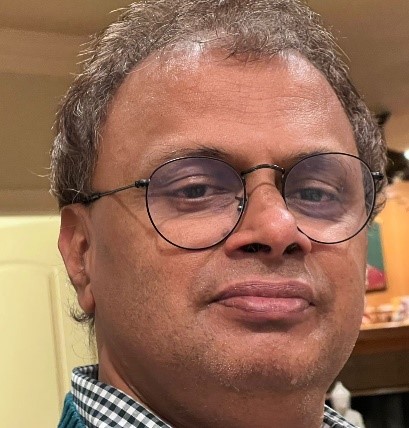
Study-Like Games
Playing games and solving chess problems are considered two different skills. There are people who are skilled in both, and most folks are inclined to one or the other.
Chess problems are highly artificial in nature. They normally present positions that can hardly be seen in a real game. Their requirements are also bizarre. You need to checkmate in a stipulated number of moves, for example. There are variants where both sides help each other to achieve a checkmate or stalemate, or you need to force your opponent to checkmate you. Many believe that chess problems are for entertainment purpose only and would not help to improve your game.
Endgame studies, on the other hand, are more useful to players. In fact, many practical books on endgames quote many endgame studies as practical examples.
There are some differences between endgame studies and positions from games.
- Studies normally have only one solution. There is exactly one key move to achieve the task (win or draw) against all defenses. If there are more than one key moves that work, the unintended solution is called a cook, and is considered a defect. It is not only for the first move; for each difference in each variation, there will be exactly one move to achieve the task.
There are some exceptions though. You can have alternate winning moves that will be eventually win after repeating the position and following the key move in the solution. Also, after a few moves and reaching a won ending, there may be many ways to win from that position. - There may be some near-misses, known as tries. A try will achieve the task against all Black defenses except one.
- Studies generally have only those many units that are necessary of the study. Removing a unit from the board would either make the task impossible or introduce cooks.
- They key move will be an unexpected move. The more unexpected it is, the more beautiful the study is.
Position 1 (Fischer - Taimanov)
The position below occurred in the world championship quarter finals in 1971, between the future world champion Bobby Fischer and Grandmaster Mark Taimanov. There is exactly one move to win. Fischer found and played that move, even though this position occurs after 10 hours of intense play, on move 82.
Position 2 (Svidler – Anand)
Peter Svidler could not visualise the study-like win in this position and agreed to a draw.
Position 3 (Vitomski – Volkov)
Position 4 (Norman Weinstein – Michael Rohde)
Position 5 (Dunlop, Gordon – De, Gautam )
This game was played in the 11th Chess 960 World Cup Semifinal, and the position below was reached after 72 moves.